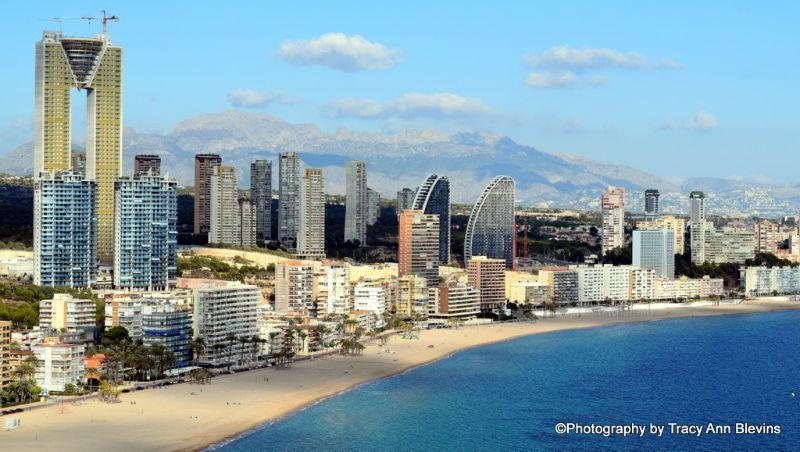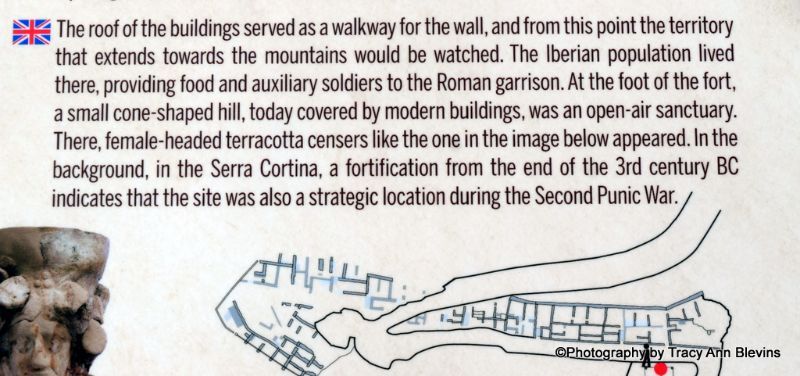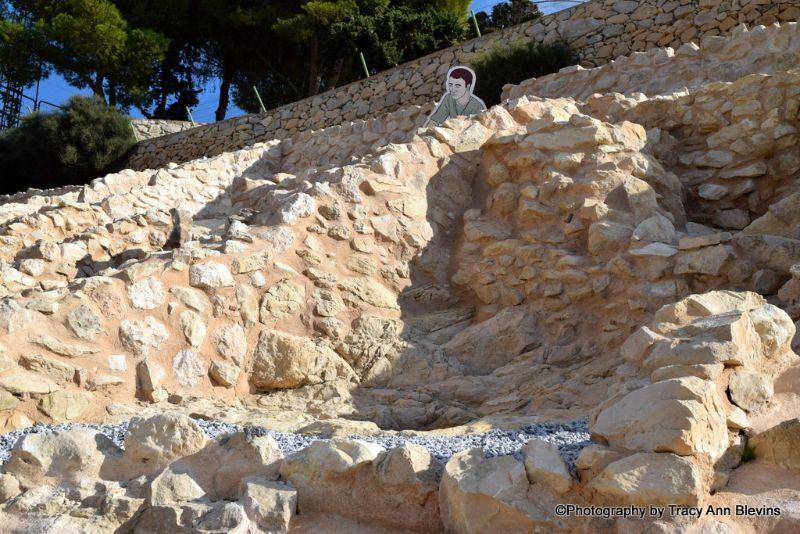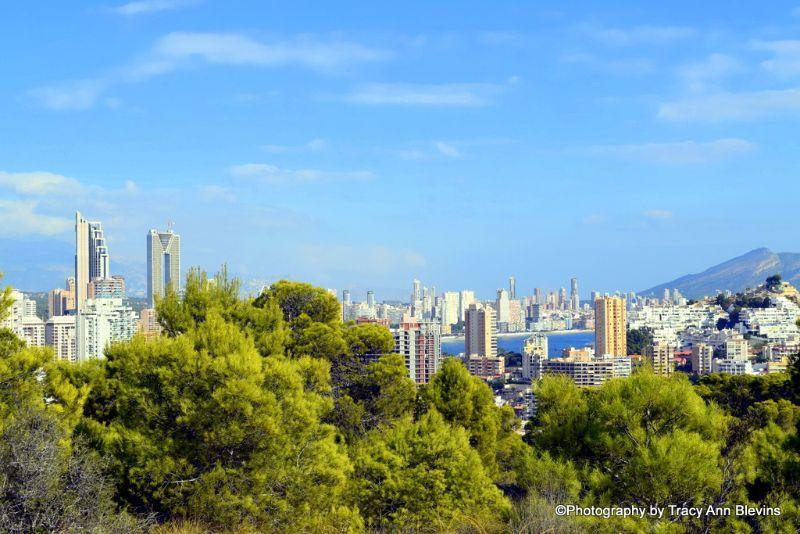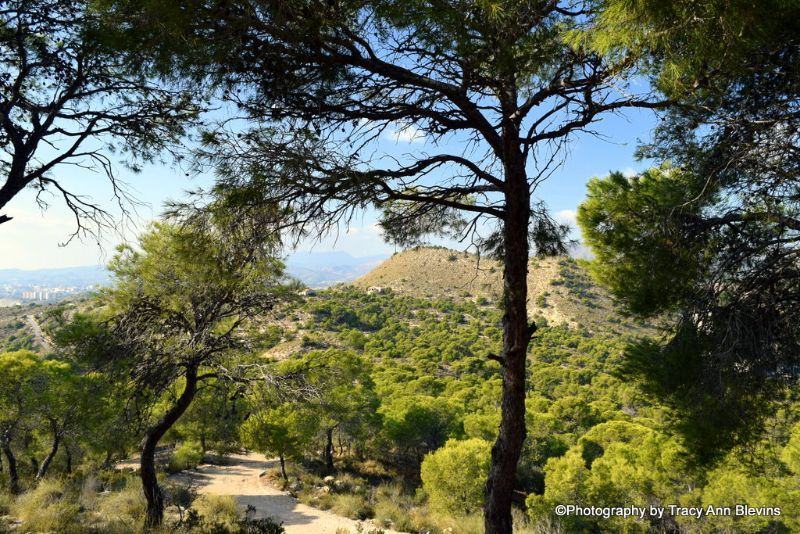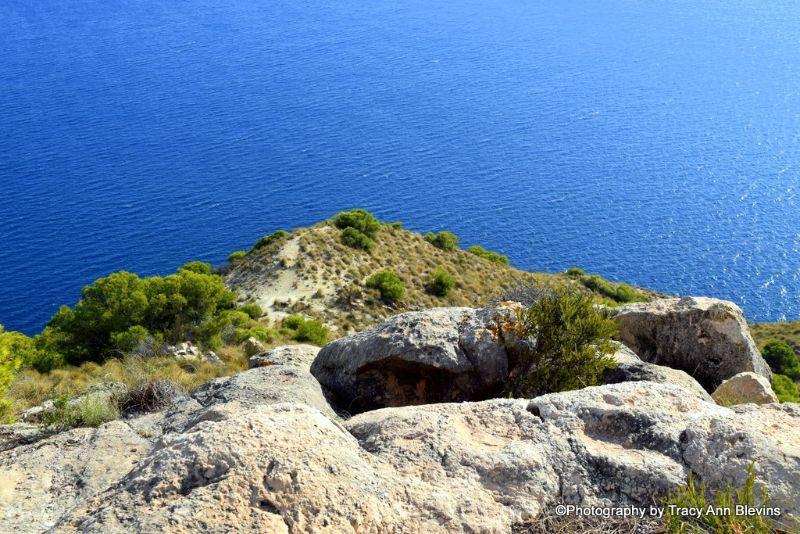All About - La Cala de Finestrat and Finestrat Village
Find out more about La Cala Finestrat (the beach) and Finestrat the mountain village here.
*Please note there are a lot of photos on this page which may take some time to load.
La Cala de Finestrat, The Beach
Did you know - La Cala Fiestrat actually belongs to three municipalities, Benidorm, La Vila Joiosa and Finestrat, so on more than one occasion you cross a street and change municipality.
Just three kilometres away from busy Benidorm.
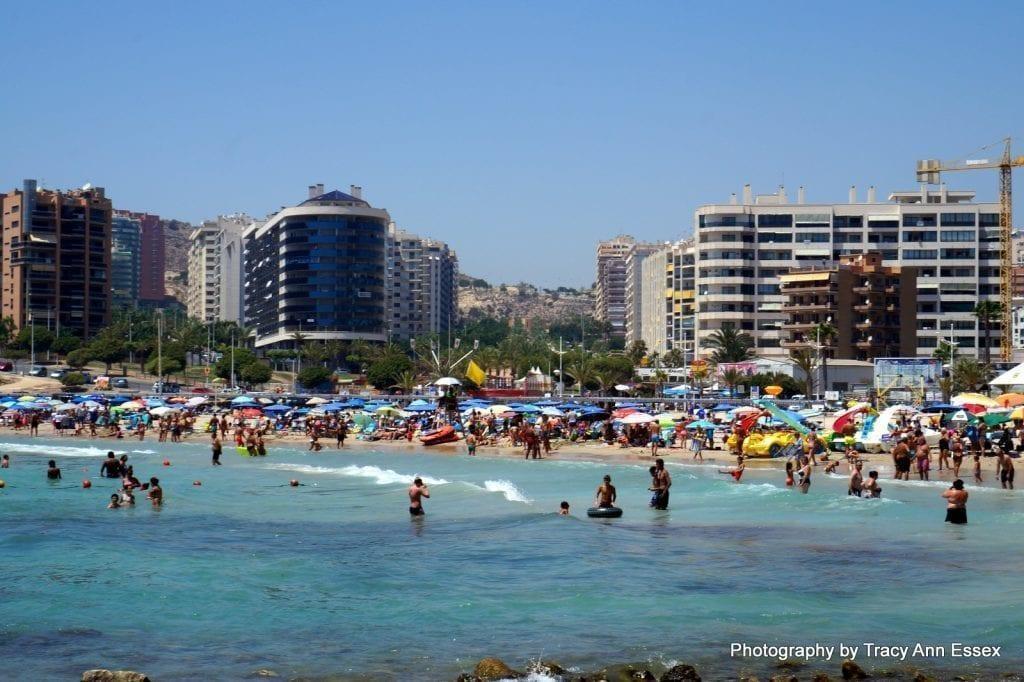
The beach is a clean sweep of golden sand, ideal for children and safe for bathing. There are plenty of restaurants and cafes along promenade, the beach can get busy during July and August, but the rest of the year you will find it much quieter than the beaches in Benidorm itself.
Smoking, vaping or the use of any other electronic cigarettes is prohibited in all areas of public use on La Cala Beach - La Cala de Finestrat is one of the first smoke-free beaches in the Valencian Community, smoking has been prohibited here since summer 2020. Failure to comply can lead to penalties of up to 750€
La Cala and Finestrat
If you prefer a little quieter setting, walk away from the cafe area to the right side of the beach and, from here, there’s a small path around the headland where you can enjoy some fresh sea air and take lovely photos of Benidorm and the surrounding Mediterranean area.
In 1986 the World Health Organisation recommended the climate of the area as one of the most equitable in the world - neither too hot in the summer nor too cold in the winter.
On the beach of La Cala are also the Hotel Delfín, the luxury establishment of Benidorm par excellence for many years and a symbol of the city, and the Hotel Bali, another icon of the tourism capital of the Costa Blanca. Next to the Delfin Hotel and, as a result of the urban pressure in the area, the "Delfin Tower" is being built. It is a skyscraper in the shape of a sailboat, with 22 floors and 44 homes, which represents the type of luxury apartment that is being built in this area of the city and that will undoubtedly change both the appearance of the neighbourhood.
La Cala Markets - Tuesday and Saturday, By the bay, near the SuperCor supermarket.
VISIT THE TOP OF THE GRAN BALI HOTEL

Europe’s tallest hotel, the 52-floor Gran Hotel Bali has a viewing platform that is open to non residents for a small fee, (2.50 for residents, 6€ for non residents) once on the viewing platform you will have spectacular views right across to Calpe, the whole of Benidorm, La Cala and the surrounding area. non residents can pay to go to the viewing platform and the views are well worth it.
Price - Residents 2.50€, Non Residents 6€
La Ermita
At the end of the Poniente beach, at the top of the hill, through the Mont Benidorm urbanization you will find what is called La Ermita (Hermitage of the Virgin of the Sea of Benidorm). The small hermitage houses an image of the Virgin of the Sea with the Child in arms, this image is responsible for safeguarding the sailors whilst out at sea.
From this viewpoint you can admire the entire bay of Benidorm, the island, Sierra Helada and the Puig Campana, a great spot for that special photo.
Tossal de la Cala
These remains are situated at the far end of Poniente beach and are one of the archaeological sites of the city, from the 1st century BC, a major intervention has been carried out which, in addition to the excavation itself, will involve the musealization of the Roman "castellum", making it a fantastic outdoor museum.
18th November - The Tossal de La Cala will open every day of the week
The archaeological site of the Tossal de La Cala will be open to the public seven days a week and will keep the tours guided, which can be done upon reservation. This has been transferred by the historic heritage building of the City of Benidorm, Ana Pellicer, who pointed out that the opening of the "castellum" has been extended to Saturday afternoon and Sunday to "facilitate the visit on weekends to all those interested in getting to know closer and in detail this recently museumized archaeological site and which is a reference at the level of Roman military architecture of the late weather".
With this time extension, the castellum can be visited from Monday to Friday from 08.00 to 20.30 hours, and on Saturdays and Sundays, from 09.00 to 18.00 hours.
With regard to guided tours, the periodicity and schedules are maintained: Monday to Friday from 16.00 to 18.00 hours; Saturdays from 10 a.m. to 1.00 a.m.
- Guided tours work by booking via email
This email address is being protected from spambots. You need JavaScript enabled to view it.
The photos below were taken on 19th November 2020
Watchtower of l'Aguilò
Also worth a visit is the Renaissance watchtower of l'Aguilò, situated the other side of La Cala Bay, this is actually classed as being in the municipality of Villa Joyosa.
The Torre de l'Aguilo was built in the 1500s to protect the coastline from North African pirates. The tower would have been manned by soldiers whose job was to spot any incoming ships and give warning by lighting a signal fire on the top platform. It has been fully restored, and there is a modern metal staircase that takes you into the tower itself, but it was firmly shut and padlocked and no signage to say when it is open to the public.
There are two routes but the longest is the easiest and begins on the road as you head out of La Cala from the beach, the entrance is on the left, its a comfortable paths to walk with some steep climbs, so go with appropriate footwear At the foot of the tower, the views are breath taking and there are places to rest contemplating the landscape. The walk will take approximately 90 minutes (about 1.5km), make sure you take some water with you as there is no where to obtain any on this walk, there are also no toilets.
The photos below were taken on 19th November 2020
Popular Hotels in La Cala
GETTING TO LA CALA
The Number 2, 3, 14, 15,16, 30, 53, 54 buses will take you to Cala de Finestrat depending on your location.
FINESTRAT MOTOR MUSEUM - Situated in the commercial area on Calle Joan Fuster, 4
This museum has more than 4,000 square meters dedicated to the history of the automobile.

In the unique three-story building, a permanent exhibition of classic and unique vehicles and film vehicles are distributed, as well as an area dedicated to driver education and training, a projection room, a children's play area, a restaurant area (food truck) and a souvenir and an automobile shop.
The collection is made up of about 60 museum-owned vehicles and some others on loan. Among the exhibits are a 1923 Dodge Brothers, a 1962 Cadillac Fleetwood limousine that belonged to the Spanish government during the Franco era, a replica of KITT, from the film "Knight Rider", two Delorean DMC-12s in impeccable condition (one of them with only 3,000 kilometres on the clock), or an exclusive Aston Martin Lagonda equipped with the “Tickford” sports kit, of which only 5 units were manufactured.
OPEN between 10:00 and 20:00, Calle Joan Fuster, 4, on the Finestrat commercial street, and offers free transportation to its visitors to and from Benidorm, Finestrat, Alfaz del Pi and Villajoyosa. Adult admission is 12 euros, children under 6 years of age go free, and younger and older people pay 7 euros.
LA MARINA SHOPPING CENTRE - FINESTRAT - Located at Avda. País Valencià, 2, Finestrat
La Marina in Finestrat is the largest shopping centre in the Benidorm area of Spain and is popular with both Spaniards and visitors. Known as ‘Centro Comercial La Marina’ in Spanish.

La Marina Shopping Centre first opened on 14th September 2000 and consists of four floors: one underground floor offering completely free parking, two shopping floors and one leisure and food service floor
FINESTRAT THE MOUNTAIN VILLAGE
Where is Finestrat? – Finestrat is a small village up in the mountains just half an hour from Benidorm. Finestrat is Spain’s only village that has a mountain location plus a beach miles below on the coast. Finestrat was given the beach by the Spanish government for its generations of work helping save that area of Spain from pirates. So nowadays, although the beach is a 20 minute drive from the village of Finestrat, with kilometres of land owned by other towns in between the two locations, it’s still part of the town of Finestrat and a wonderful place to visit.

Finestrat, The Village - The picturesque village, which hugs the mountain side of Puig Campana, has beautiful views from the mountains down to the sea; the architecture has a distinct Moorish influence and many of the houses are colourfully painted. Friday is market day.

It is worth a 10 minute walk on a gentle incline to see the 18th century church of Saint Bertomeu, you may go inside and take photos and admire the beautiful architecture.
Walk higher up the village to the famous lookout point of the 13th century "El Castell" from here you can see for miles down the mountainside, across the valley, over the city of Benidorm and right dont to the Mediterraean. Take a stroll round the park where there are also various sculptures.
Sit in one of the local Cafes order a cafe con leche or a cake and sit and watch the village life all around you.

Ancient history
The village of Finestrat has hosted many cultures throughout history. Its proximity to the coast and to the coastal roads, it has been assumed to be a magnet for settlement of the various civilizations of the Mediterranean as well as others from the central and northern Europe.
All ancient civilizations have left their footprint in this growing town overlooking the sea. Thus, at every step, every corner, every street and every house you can see the legacy of their ancestors. A municipality with 20,000 years of history.
The first signs of human settlement in what is now known as Finestrat were hunter-gatherers of the Paleolithic Superior who inhabited the caves and shelters of Sierra Cortina, near the place known as Raco de les Bastides. although it has been shown, it is thought it may also have settlements of its kind in the caves and shelters of the Puig Campana. Although no paintings have been found to confirm the presence of humans during the Neolithic, one should not forget that Finestrat is by its location, a passageway to the mountains of Alicante, where the first farmers had to enter that came to this land.
Finestrat was the ideal place for the location of villages, since the hills were making an high visibility of the surroundings. Iberians and Romans, two cultures that left their mark in Finestrat. The Iberians formed one of the most advanced cultures of ancient Mediterranean. They knew the writing was established in organized territories and political structure minted coins as payment. This culture lasted from the sixth century until I ac., at the time the process of Romanization.
In finestrat the remains of this culture can be found in the grounds of the Castle, in the Tossal of them Bastides and Tossal of the creek. The oldest deposits, around the fourth century BC found inland, while that of the Cala Tossal dating from the II and I ac. you can see remnants of houses in the village dug decades ago.
A factory was built dedicated to salted fish. Apart from this town today there are three known Roman villas near the town of Finestrat, whose inhabitants were engaged in the production of wine, oil and cereals. Between remains of these villages have been found mosaics showing continual cultural arts and the arrival of the Romans.
Getting to Finestrat
No 15 bus to the village.
For bus time tables and prices.
Join the Benidorm Seriously Facebook Group
Find lots more places to visit on the Costa Blanca North here









